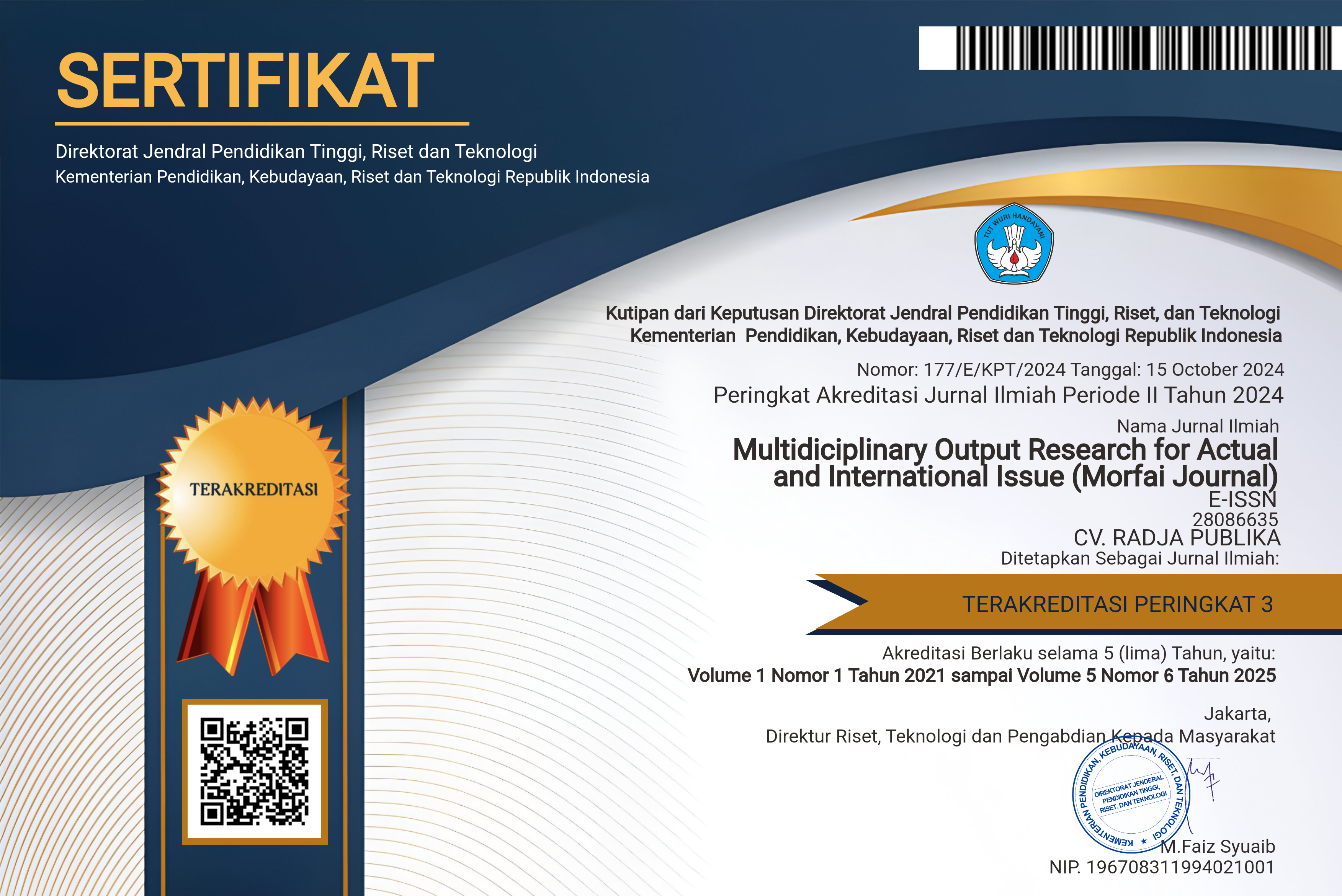Abstract
Smara Jantra is a contemporary dance work rooted in local wisdom, reflecting a reinterpretation of Tari Telek, one of the core elements in the mepajar ritual of Desa Adat Legian, Bali. This work emerges as an aesthetic response to contemporary challenges facing the preservation of sacred values in traditional performing arts, which are increasingly confronted by the forces of tourism commodification and shifts in meaning. Tari Telek, traditionally functioning as a spiritual medium and protective symbol, has undergone transformations in function and significance over time. In response, the choreographer seeks to transform these values into a new choreographic form that remains grounded in Balinese philosophical and spiritual foundations. This creative research examines three main aspects: (1) the creative process in formulating and developing the artistic concept; (2) the choreographic form as the result of creation; and (3) the symbolic meanings and reflective messages embodied in the work. The Angripta Sesolahan method serves as the primary approach, consisting of five stages, ngarencana, nuasen, makalin, nelesin, and ngebah, derived from the philosophy of tradition-based creative work in Bali. The outcome is a site-specific performance staged at Pura Agung Legian, offering an integrated experience of space, body, and spirituality. The novelty of this work lies in the integration of the cosmological concept of luwan-teben as the foundation for a transformative aesthetic, as well as the application of a contextual local creation method within the realm of contemporary Balinese performing arts.
Keywords:
Smara Jantra, Tari Telek, Site-specific, Contemporary, Luwan-tebenReferences
Bandem, I. M. (1983). Ensiklopedi Tari Bali. Denpasar: Akademi Seni Tari Indonesia.
Bandem, I. M. (2022). Kaja dan Kelod: Tarian Bali dalam Transisi. Yogyakarta: Badan Penerbit Institut Seni Indonesia Yogyakarta.
Bandem, I. M., & deBoer, F. (1996). Kaja and Kelod: Balinese Dance in Transition. Oxford University Press.
Baudrillard, J. (1994). Simulacra and simulation. University of Michigan Press.
Butler, J. (1990). Gender trouble: Feminism and the subversion of identity. Routledge.
Djelantik, A. A. M. (1999). Estetika: Sebuah Pengantar. Masyarakat Seni Pertunjukan Indonesia.
Foucault, M. (1977). Discipline and punish: The birth of the prison (A. Sheridan, Trans.). Vintage Books.
Gadamer, H.-G. (1975). Truth and method. Sheed and Ward.
Hadi, S. (2005). Seni dalam Pendidikan. Pustaka Buku Seni.
Jameson, F. (1991). Postmodernism, or, the cultural logic of late capitalism. Duke University Press.
Kaeppler, A. L. (2000). Dance ethnology and the anthropology of dance. Dance Research Journal.
Kayam, U. (1981). Seni Tradisi Masyarakat. Sinar Harapan.
Maryono. (2015). Analisa Tari. Institut Seni Indonesia (ISI).
McIntosh, I. (2010). Sacred places and cultural tourism in Bali.
Merleau-Ponty, M. (1962). Phenomenology of perception (C. Smith, Trans.). Routledge & Kegan Paul.
Palmer, R. E. (2003). Hermeneutics: Interpretation theory in Schleiermacher, Dilthey, Heidegger, and Gadamer. Northwestern University Press.
Palmer, R. E. (2003). Hermeneutika: Teori Baru Mengenai Interpretasi (A. F. Bambang, Trans.). Pustaka Pelajar.
Pearson, M. (2010). Site-Specific Performance. Palgrave Macmillan.
Picard, M. (1996). Bali: Cultural tourism and touristic culture. Archipelago Press.
Ruastiti, N. M. (2010). Seni Pertunjukan Pariwisata Bali: Kemasan Baru dalam Perspektif Kajian Budaya. Yogyakarta: Kanisius.
Sedyawati, E. (1986). Pertumbuhan Seni Pertunjukan. Sinar Harapan.
Soedarsono. (2002). Seni Pertunjukan Indonesia di Era Global. Gadjah Mada University Press.
Soewardjo, I. N. (2013). Seni pertunjukan tradisional Bali: Antara pelestarian dan inovasi. Mudra: Jurnal Seni Budaya, 28(3), 267–275.
Soewardjo, T. (2013). Dasar-dasar Tari Tradisional. Direktorat Kesenian.
Sugiyono. (2013). Metode Penelitian (Pendekatan Kuantitatif, Kualitatif, dan R&D). Alfabeta.
Suteja, I. K. (2018). Analisis Metode yang Mempengaruhi Kualitas Penciptaan Seni. Institut Seni Indonesia Denpasar.
Tedjoworo, H. (2013). Imaji dan Imajinasi: Suatu Telaah Filsafat Postmodern. Yogyakarta: Kanisius.
Triguna, I. B. G. Y. (2003). Estetika Hindu dan Pembangunan Bali. Denpasar: Udayana University Press.
Vickers, A. (2012). Bali: A paradise created. Tuttle.
Wallas, G. (1926). The art of thought. New York, NY: Harcourt, Brace and Company.
License
Copyright (c) 2025 Kadek Ayu Diah Mutiara Dewi, Ni Made Ruastiti, I Gusti Putu Sudarta

This work is licensed under a Creative Commons Attribution 4.0 International License.











